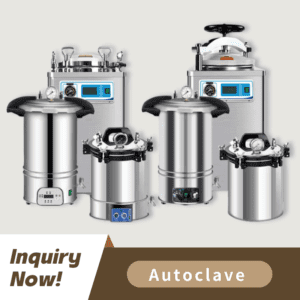
This article contains all essential information for anyone interested in understanding autoclave sterilizers or who plans to acquire one.
Autoclave sterilization involves using pressurized steam to destroy all forms of microorganisms including bacteria, viruses, fungi and spores. The medical industry considers autoclave sterilization to be among the best methods for disinfecting medical instruments and laboratory equipment together with other vital items.
The combination of high temperature with pressure over a specified period destroys even the toughest microorganisms which makes autoclave sterilization the top method for healthcare and industrial applications.
The method of autoclave sterilization uses moist heat and pressure to achieve sterilization. The sterilization process consists of the following steps:
Sterilization items must be arranged within the autoclave chamber before starting the process. Proper arrangement inside the autoclave chamber is essential to achieve effective steam penetration.
The autoclave produces steam that fills the chamber and pushes air out.
The autoclave chamber achieves specific temperatures of either 121°C or 134°C and maintains pressure levels between 15 to 30 psi during operation.
The autoclave holds the established conditions throughout a timed period ranging from 15 to 30 minutes which varies based on the load.
The autoclave eliminates moisture from the items during the Drying Phase to maintain contamination-free conditions after sterilization.
To understand how autoclaves operate you should read our article How Does an Autoclave Sterilizer Work.
Effective sterilization requires meeting particular conditions. These include:
Autoclave sterilization generally operates at standard temperatures of either 121°C or 134°C.
A pressure range of 15 to 30 psi is necessary to produce and sustain adequate steam levels.
The length of time required for sterilization depends on both the quantity and type of items being processed.
Ανεξαρτήτως περιτυλίγματος αντικείμενα: 15-20 minutes at 121°C
Τυλιγμένα αντικείμενα: 20-30 minutes at 134°C
The article Autoclave Sterilization Temperature, Time, and Pressure Explained provides a comprehensive guide to temperature, time and pressure settings.
A multitude of industries deploy autoclave sterilization methods.
Healthcare uses autoclave sterilization to sanitize surgical instruments and medical devices as well as hospital linens.
Laboratories use autoclave sterilization to maintain sterility in glassware and culture media as well as waste materials.
The pharmaceutical sector utilizes sterilization processes for raw ingredients, final products, and packaging materials.
The food industry sterilizes cans and jars along with other packaging materials to prolong their shelf life.
Our article on Class B Autoclave Sterilizers provides advanced sterilization solutions for demanding applications that you might find interesting.
Autoclaves demonstrate high efficacy because they destroy even the toughest microorganisms including bacterial spores.
Autoclaves are more environmentally friendly than chemical sterilization methods because they operate using water and steam.
Operating costs for autoclaves remain low after installation when used for large-scale sterilization tasks.
This sterilization method works well with various materials such as metal and glass as well as certain types of plastics.
Autoclaving represents the highest standard in sterilization yet examining its effectiveness against alternative methods remains essential.
This method involves sterilization through high temperatures without requiring moisture. Suitable for heat-resistant items but takes longer.
Chemical Sterilization: Uses chemicals like ethylene oxide. Effective but not eco-friendly.
UV Sterilization: Uses ultraviolet light. UV sterilization works well for surface disinfection but fails to properly sterilize complex instruments.
Autoclave sterilization serves as a critical procedure to maintain both the safety and sterility of medical and laboratory devices. Autoclave sterilization stands out as the selected method across industries because it provides effective sterilization while remaining environmentally friendly and versatile. Distributors, resellers and procurement specialists who understand autoclave sterilization basics can choose proper equipment while meeting regulatory standards.
Explore autoclave sterilizers with us or ask for assistance in finding the right model.
What is the recommended temperature for sterilization in an autoclave?
The recommended temperatures are 121°C and 134°C.
How long should unwrapped items be sterilized in an autoclave?
Typically, unwrapped items require 15-20 minutes at 121°C.
What is the difference between autoclaving and sterilization?
Autoclaving is one method of sterilization that uses steam under pressure.
Can all materials be sterilized in an autoclave?
No, some materials like certain plastics and electronics may not withstand high temperatures and pressure.
What is the minimum sterilizing condition in a steam autoclave?
The minimum condition is 121°C, 15 psi, for 15 minutes.
For more information about autoclave sterilizers or to request a quote, contact Keling Medical:
Ηλεκτρονικό ταχυδρομείο: inquiry@shkeling.com
WhatsApp: +8618221822482
Ιστοσελίδα: https://autoclaveequipment.com/

Η αποστείρωση αποτελεί βασικό στοιχείο των πρακτικών ελέγχου των λοιμώξεων τόσο στις εγκαταστάσεις υγειονομικής περίθαλψης όσο και στα εργαστηριακά περιβάλλοντα. Η αποστείρωση σε αυτόκαυστο μέσω ατμού αποδεικνύεται αποτελεσματική για πολλές εφαρμογές, αλλά αποδεικνύεται μη βέλτιστη σε
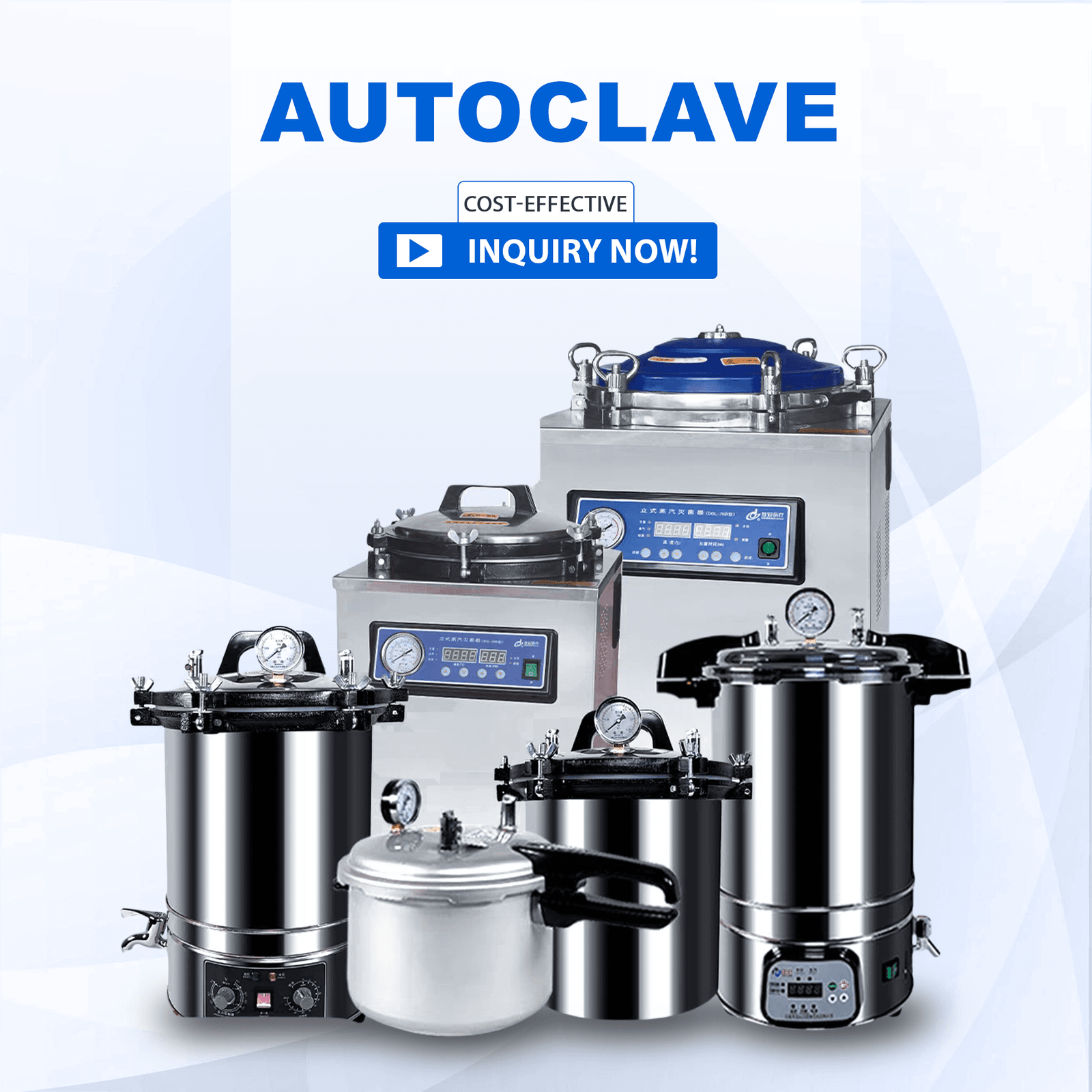
Οι επαγγελματίες της ιατρικής παγκοσμίως εμπιστεύονται τα αυτόκλειστα ως βασικά εργαλεία για τη διασφάλιση της ασφάλειας και της στειρότητας των ιατρικών εργαλείων. Οι διανομείς ιατρικών συσκευών και οι ειδικοί προμηθειών πρέπει να κατανοήσουν τις αρχές και τα οφέλη των αυτόκλειστων κλιβάνων

Οι εξελίξεις στον τομέα της υγειονομικής περίθαλψης καθιστούν απαραίτητη την ασφαλή και αποστειρωμένη διατήρηση των ιατρικών εργαλείων ανά πάσα στιγμή. Οι διανομείς ιατρικών συσκευών, οι αντιπρόσωποι και οι επαγγελματίες προμηθειών πρέπει να κατανοούν τις μεθόδους αποστείρωσης για να λειτουργούν αποτελεσματικά. Το
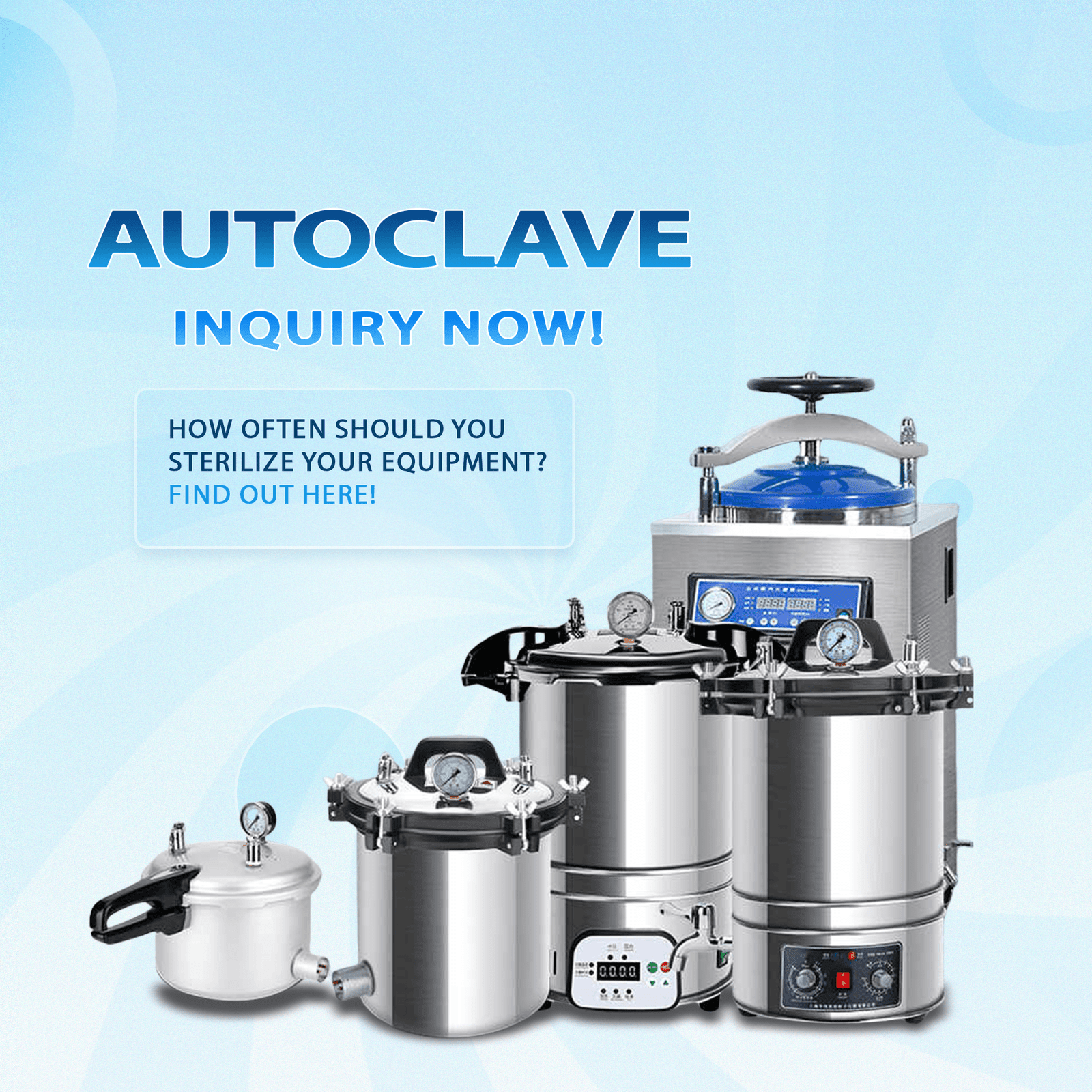
Η αποστείρωση ιατρικών συσκευών και οργάνων απαιτεί αυτόκλειστα, επειδή προστατεύουν την ασφάλεια των ασθενών και διευκολύνουν τη συμμόρφωση με τα ρυθμιστικά πρότυπα. Τα πιο εξελιγμένα συστήματα αυτόκλειστων κλιβάνων εξακολουθούν να αντιμετωπίζουν ορισμένους περιορισμούς. Διανομείς ιατρικών συσκευών,
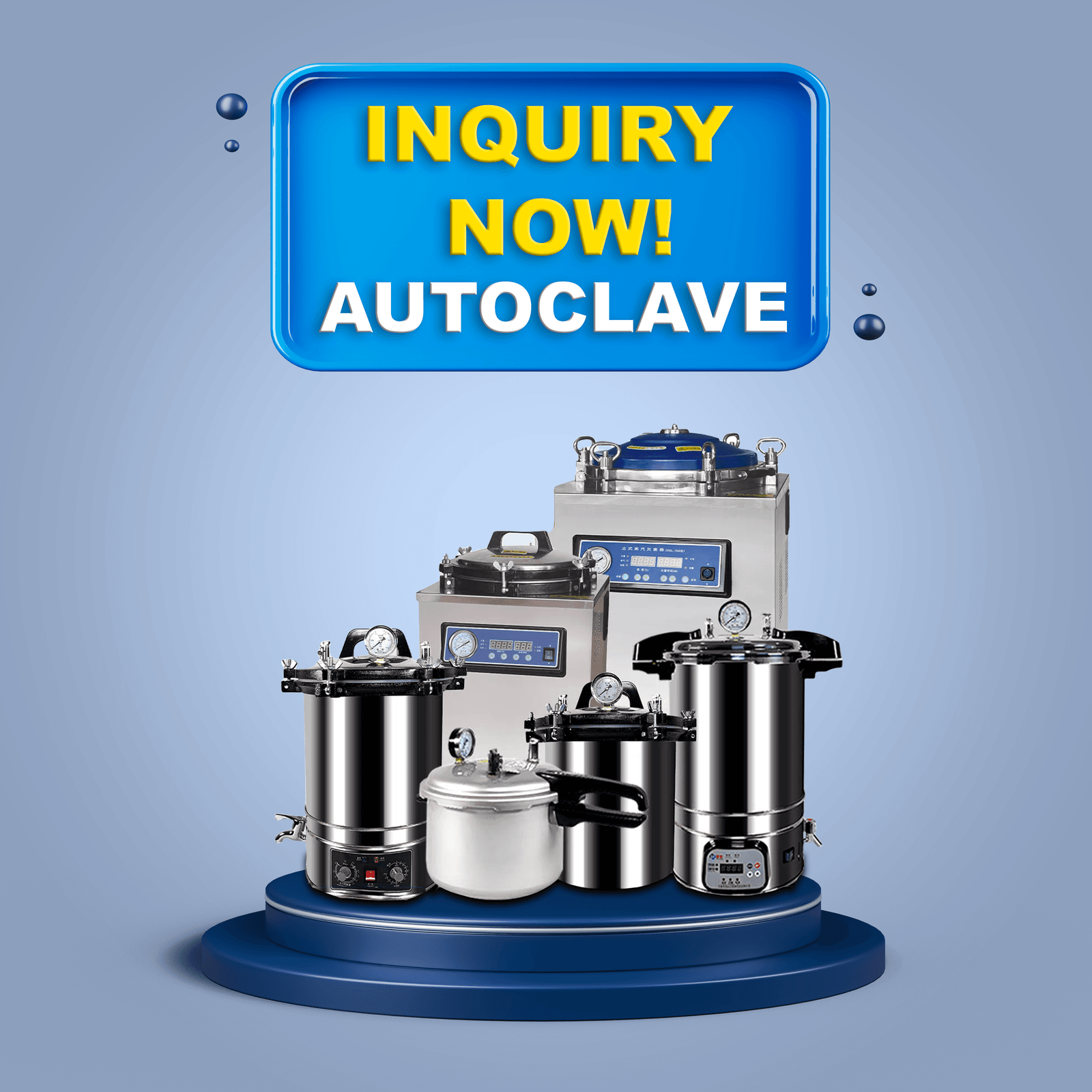
Στην κατασκευή ιατρικών συσκευών τα αυτόκλειστα λειτουργούν ως απαραίτητος εξοπλισμός, επειδή παρέχουν συνεπή αποστείρωση σε διάφορα όργανα και υλικά. Τα αυτόκλειστα χρησιμοποιούν κορεσμένο ατμό υψηλής πίεσης για την εξάλειψη βακτηρίων, ιών, μυκήτων και
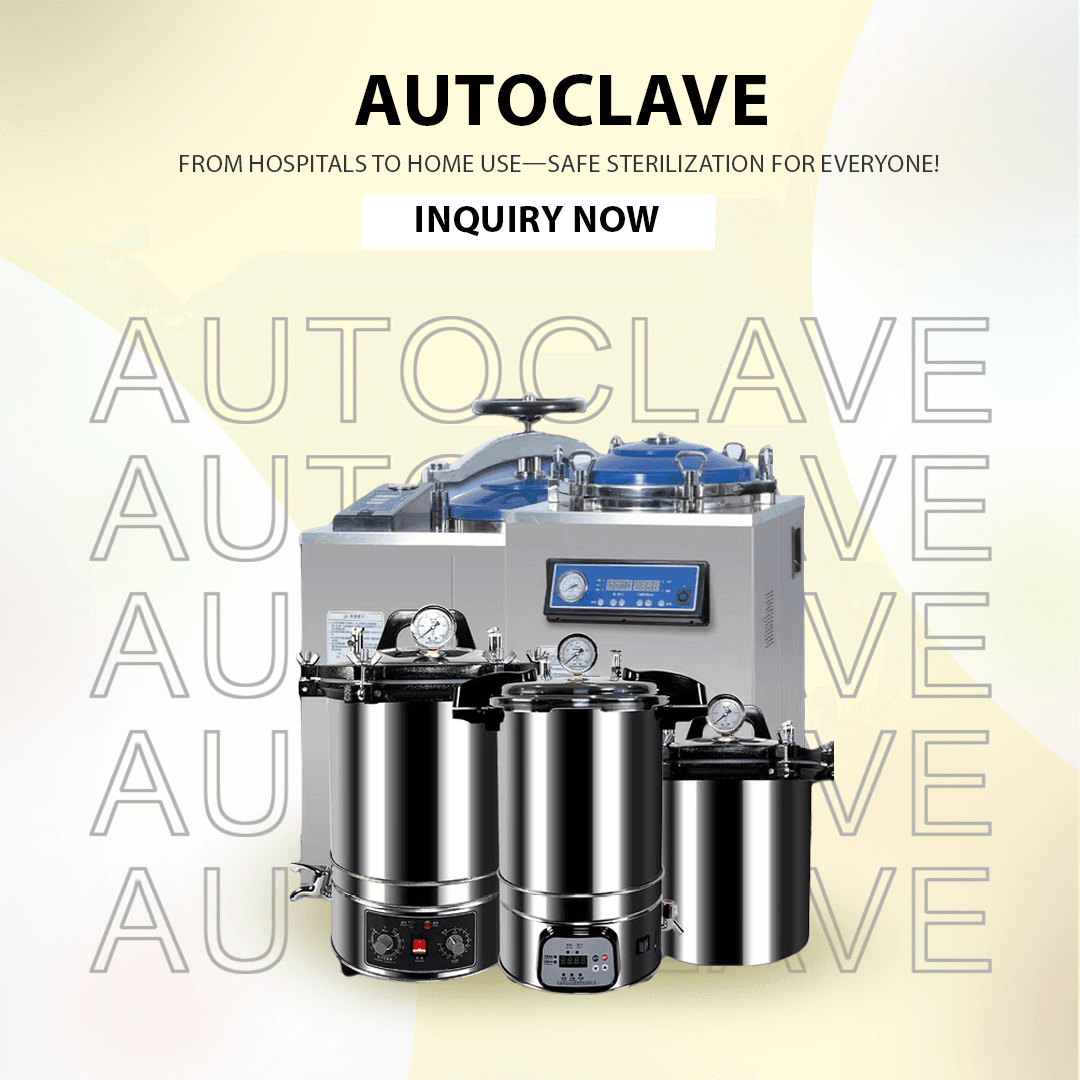
Τα αυτόκλειστα χρησιμεύουν ως ζωτικής σημασίας συσκευές σε χώρους υγειονομικής περίθαλψης και επιστημονικούς χώρους αποστειρώνοντας με συνέπεια όργανα και υλικά. Οι διανομείς ιατρικού εξοπλισμού μαζί με τους αντιπροσώπους και τους επαγγελματίες προμηθειών πρέπει να διατηρούν τη λειτουργία των αυτόκλειων